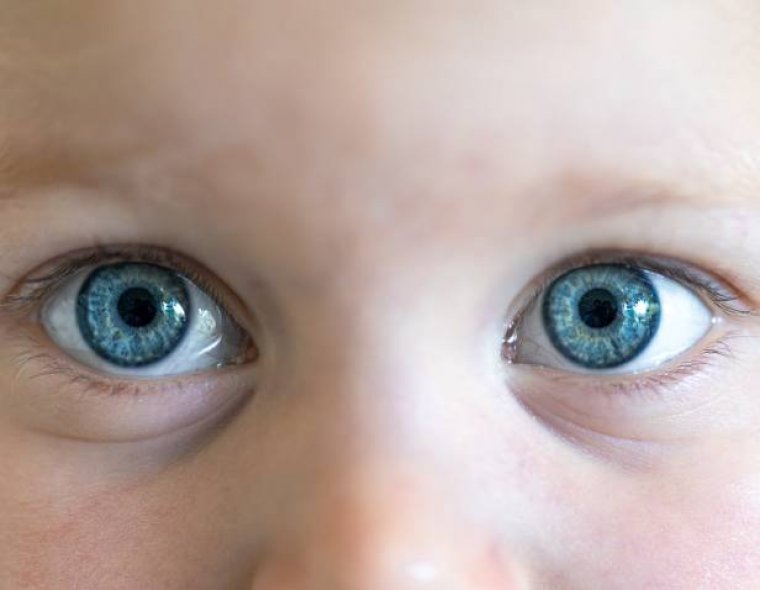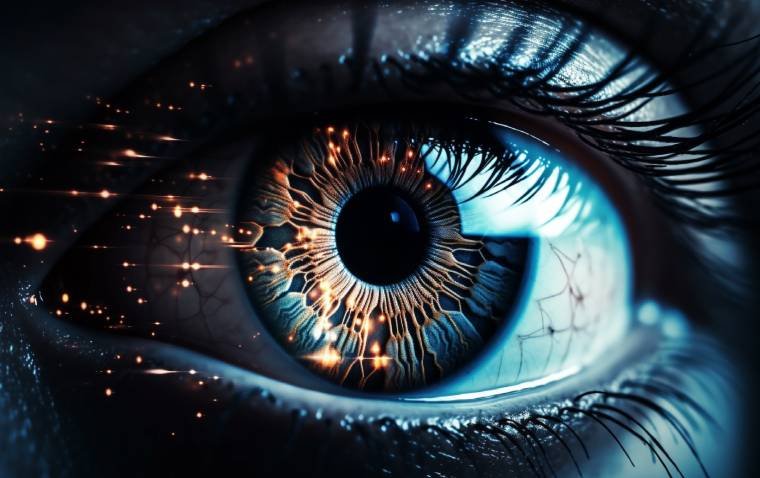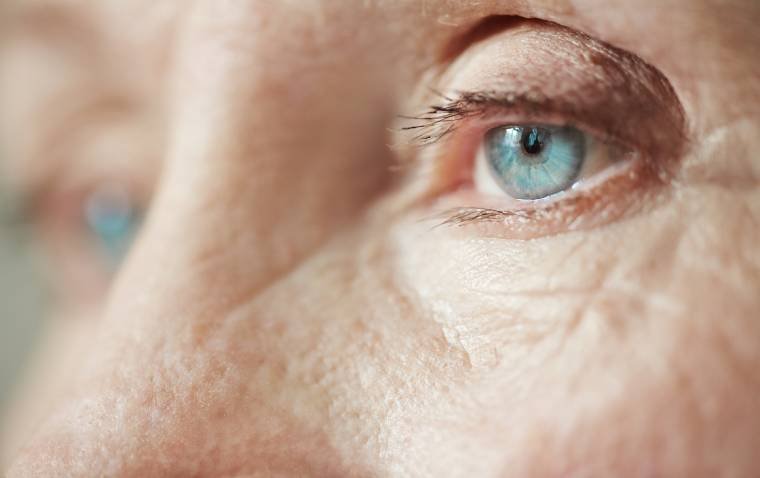
New research reveals that young nearsighted children who use bifocal contact lenses to slow abnormal...
read moreA recent study by researchers at the University of California San Diego has revealed a U-shaped rela...
read moreA study by Greek researchers has demonstrated that microdrops containing 1.67% phenylephrine and 0.3...
read moreTurkish researchers have highlighted the role of optical coherence tomography (OCT) and OCT angiogra...
read moreAcute glaucoma, characterized by retinal ganglion cell (RGC) death due to acute ocular hypertension,...
read moreA research team has explored the connection between socioeconomic status (SES) and the incidence and...
read moreA recent study published in Clinical Ophthalmology demonstrated that a bio-interventional cyclodialy...
read moreA multinational study by the LHON Study Group has reported sustained visual improvements and a favor...
read moreA recent meta-analysis comparing two anti-VEGF therapies—brolucizumab and aflibercept—for the treatm...
read moreA groundbreaking study by researchers from Europe and the United States has revealed that light-base...
read more More
More











